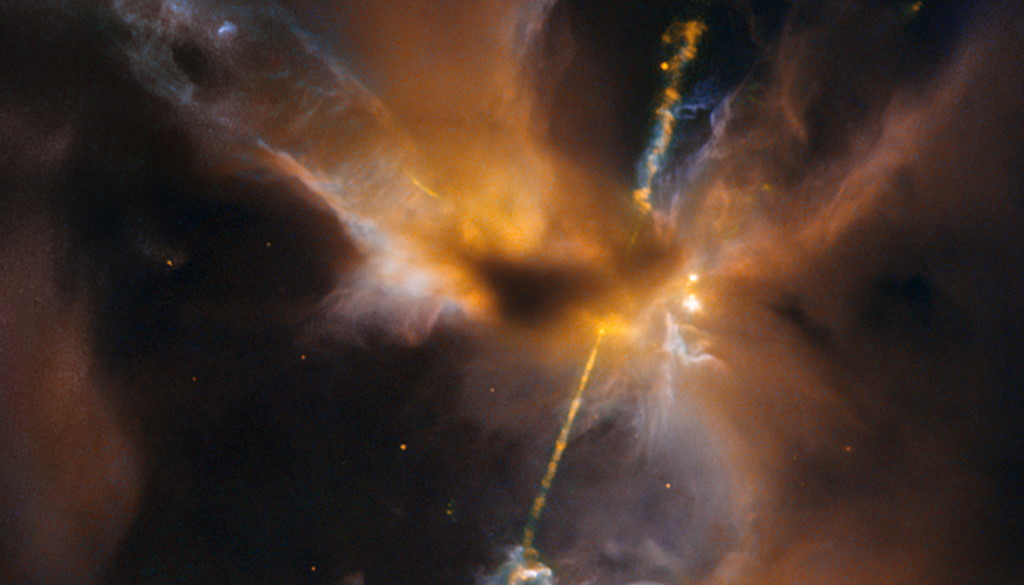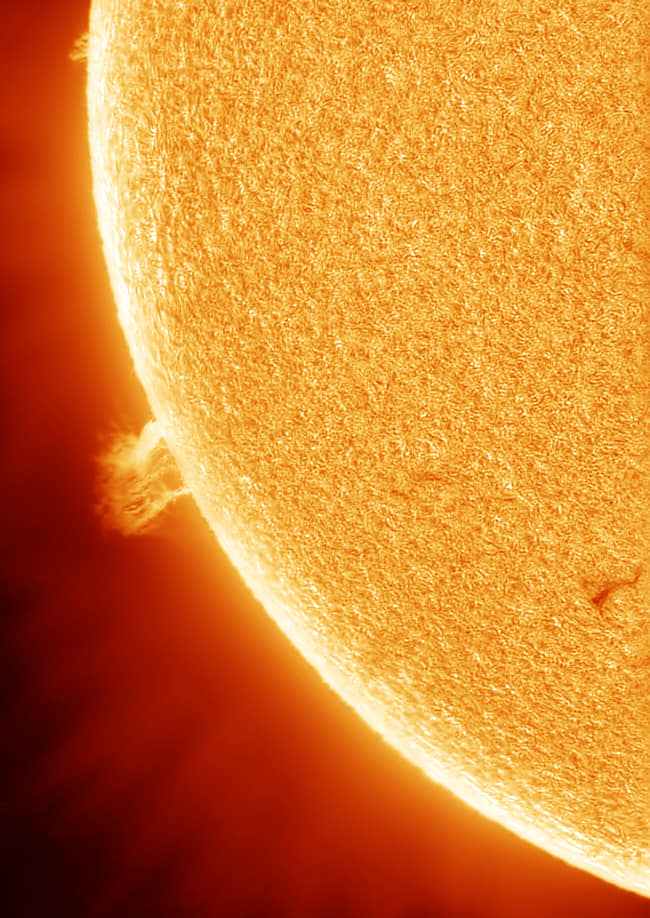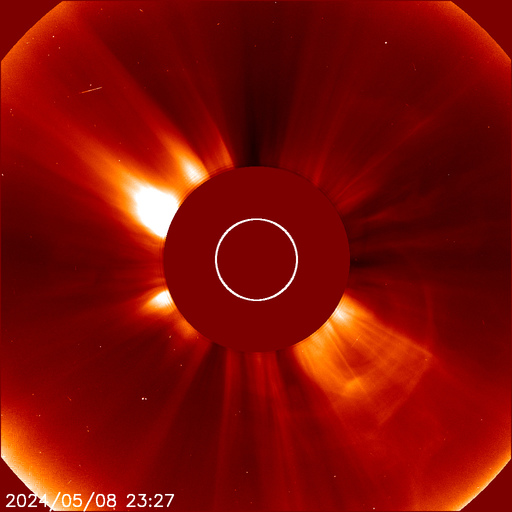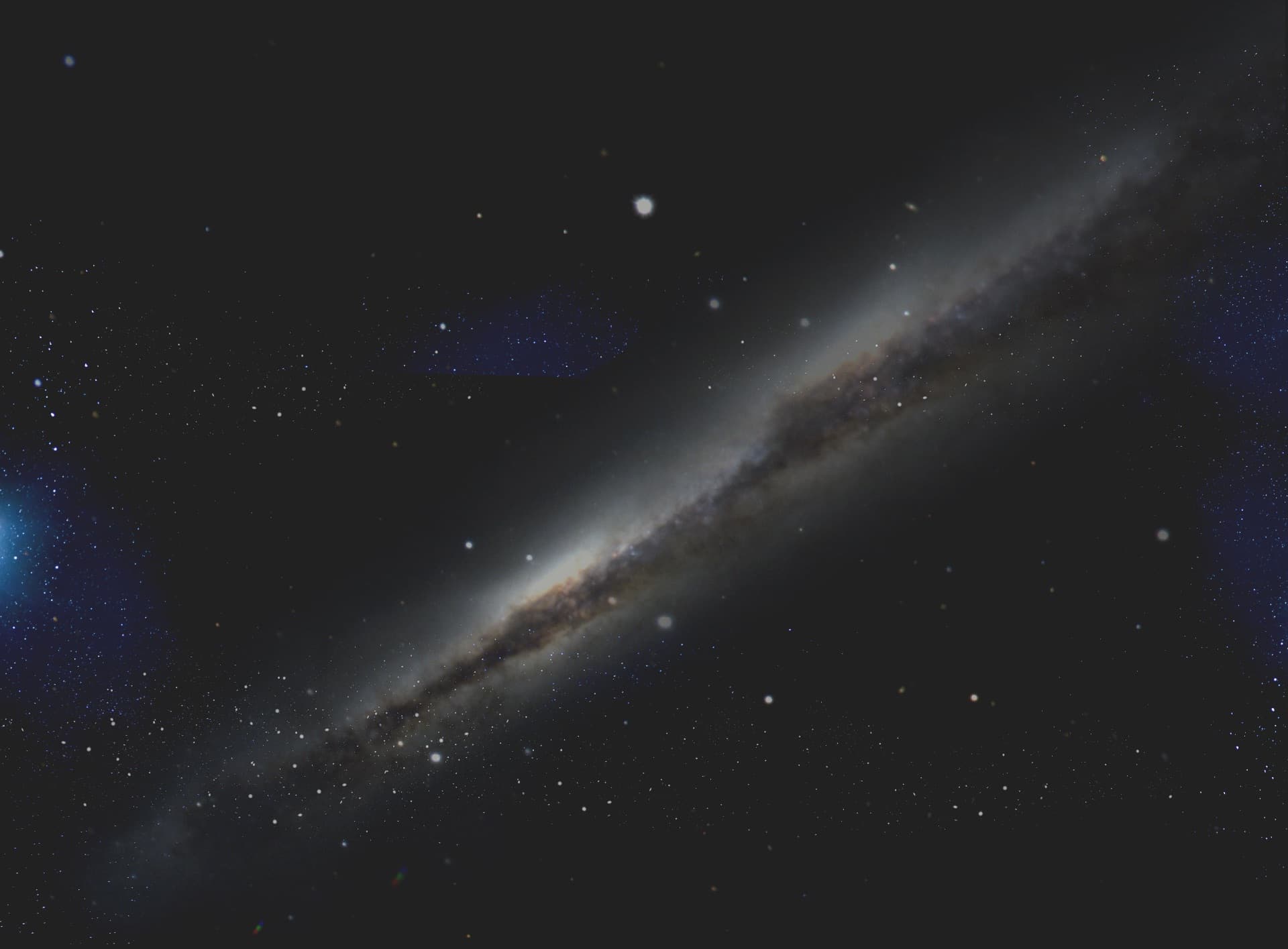Great Lakes Association of Astronomy Clubs: Astronomy at the Beach will be a live-streaming event this year
As I suspected, the Great Lakes Association of Astronomy Clubs decided to cancel the in-person Astronomy at the Beach event this year, and will point visitors to several live-streaming telescope sessions hosted by various club members. There may be some presentations, but honestly, everyone is suffering from online meeting burnout, and we’re not planning anything like last year’s schedule.
As disappointing as this is, we all agreed that it’s nearly impossible to properly social-distance with telescopes… and children are always a large part of the visitors to this event – none of the board members wants a child to catch COVID from their equipment, or from an irresponsible member of the public.

Venus appears low above the western horizon before sunset all week, and will appear a bit lower each evening.
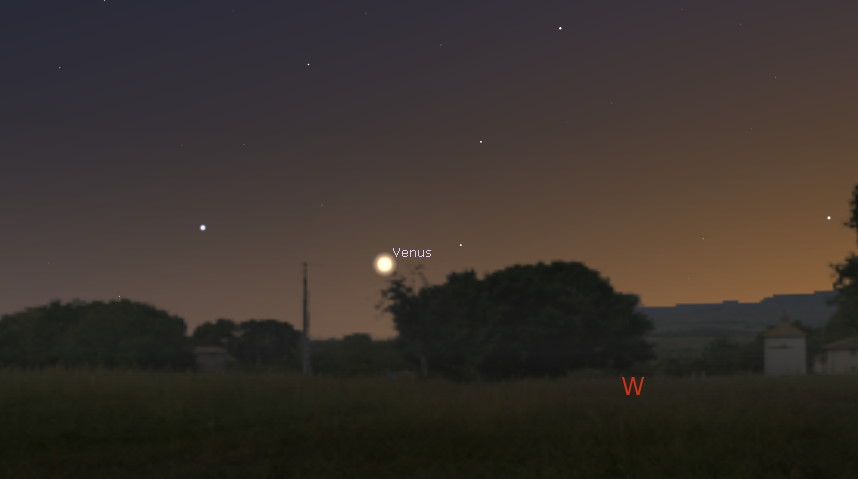
Jupiter and Saturn appear in the southern sky after sunset; the Moon appears near Saturn at midnight on August 21st.
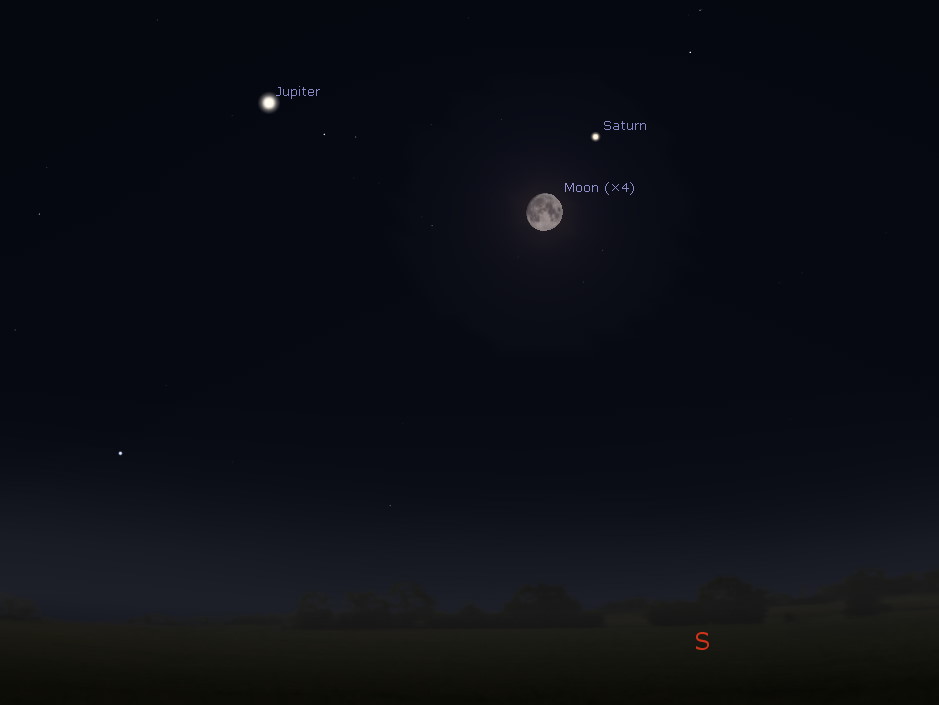
The Moon appears near Jupiter high in the south-southeastern sky at midnight on August 22nd.
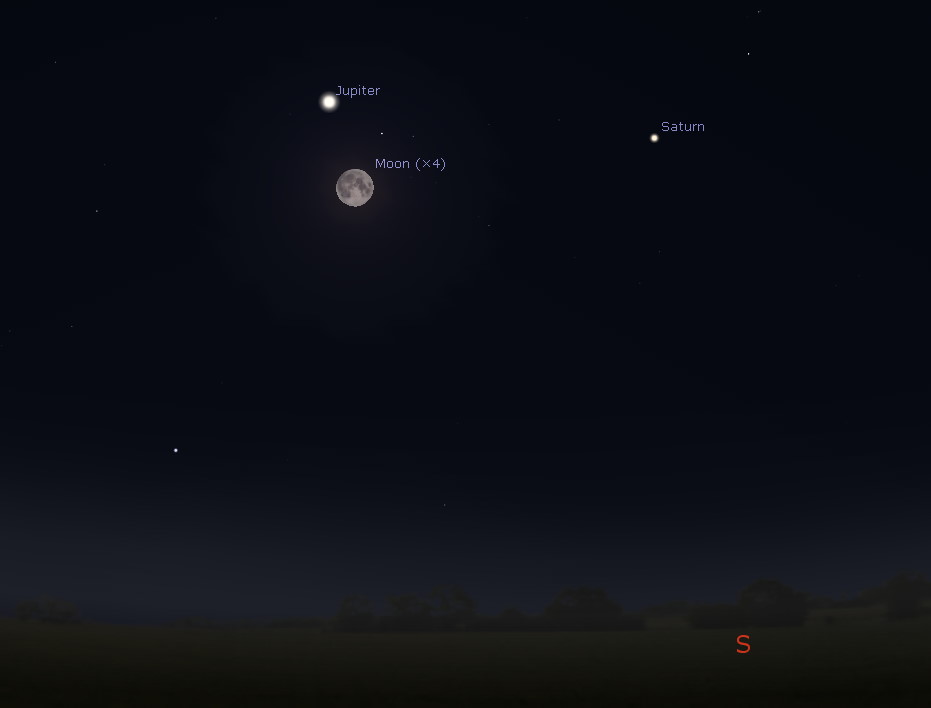
Jupiter, Saturn and the Moon appear high in the south-southeastern sky at midnight on August 23rd and 24th.
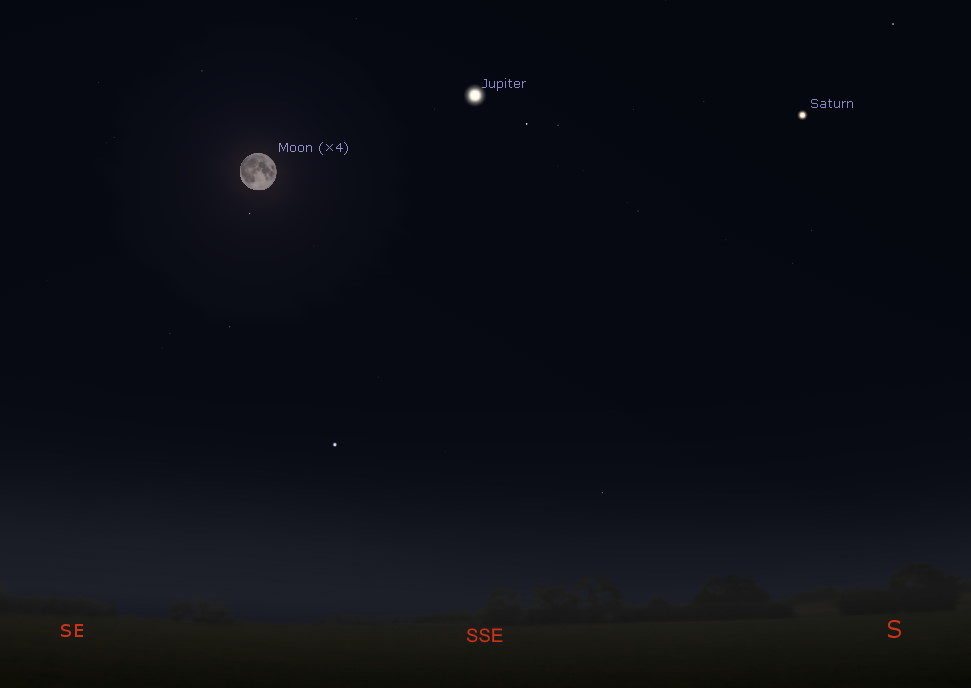
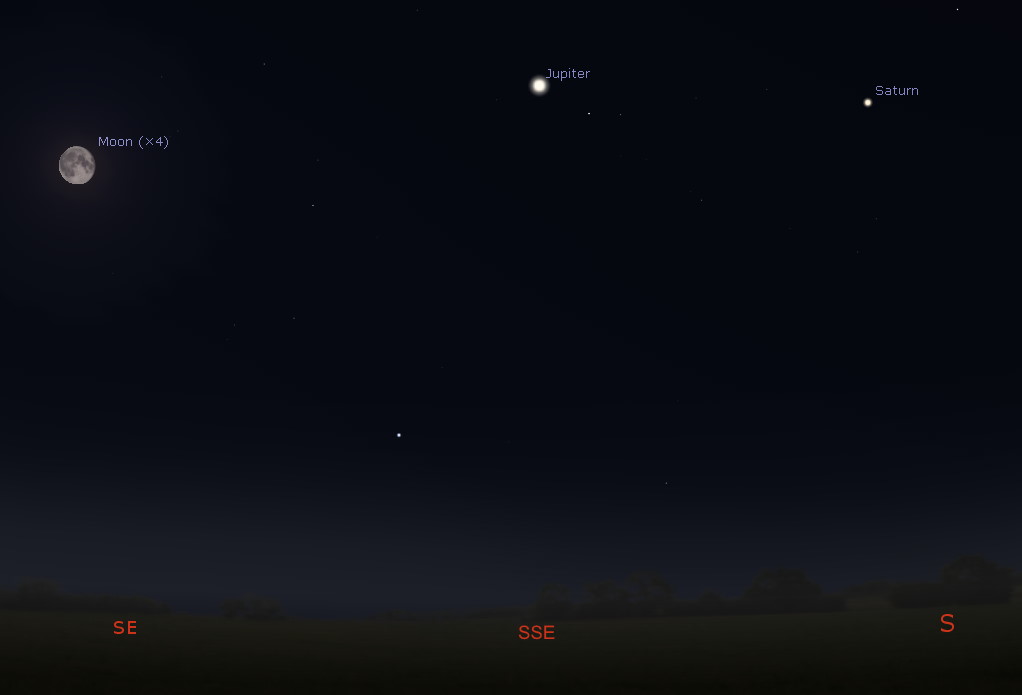
The Moon appears near Uranus in the eastern sky at midnight on August 26th.
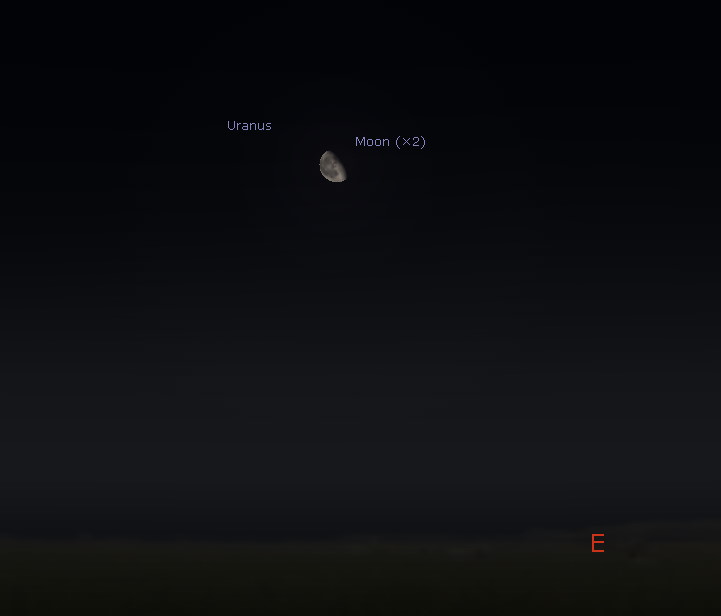

- The Moon is a Waxing Gibbous – visible to the southeast in early evening, up for most of the night.
- The Full Moon occurs on August 22nd – rising at sunset, visible high in the sky around midnight, and visible all night.
- After August 22nd, the Moon will be a Waning Gibbous – rising after sunset, visible high in the sky after midnight, and visible to the southwest after sunrise.

If you click on the Moon image above, or click this link, you will go to NASA’s Moon Phase and Libration, 2021 page – it will show you what the Moon looks like right now. If you click the image on that page, you will download a high-rez TIFF image annotated with the names of prominent features – helpful for logging your lunar observations!
Moon News:
<HEAVY SIGH!> Issues with spacesuits likely to delay 2024 Moon landings.
See also: https://www.airspacemag.com/airspacemag/21st-century-moon-suit-180973122/

The Sun has one small sunspot – SpaceWeather.com says: “AR2857 has a simple and mostly stable magnetic field that poses no threat for strong flares.”
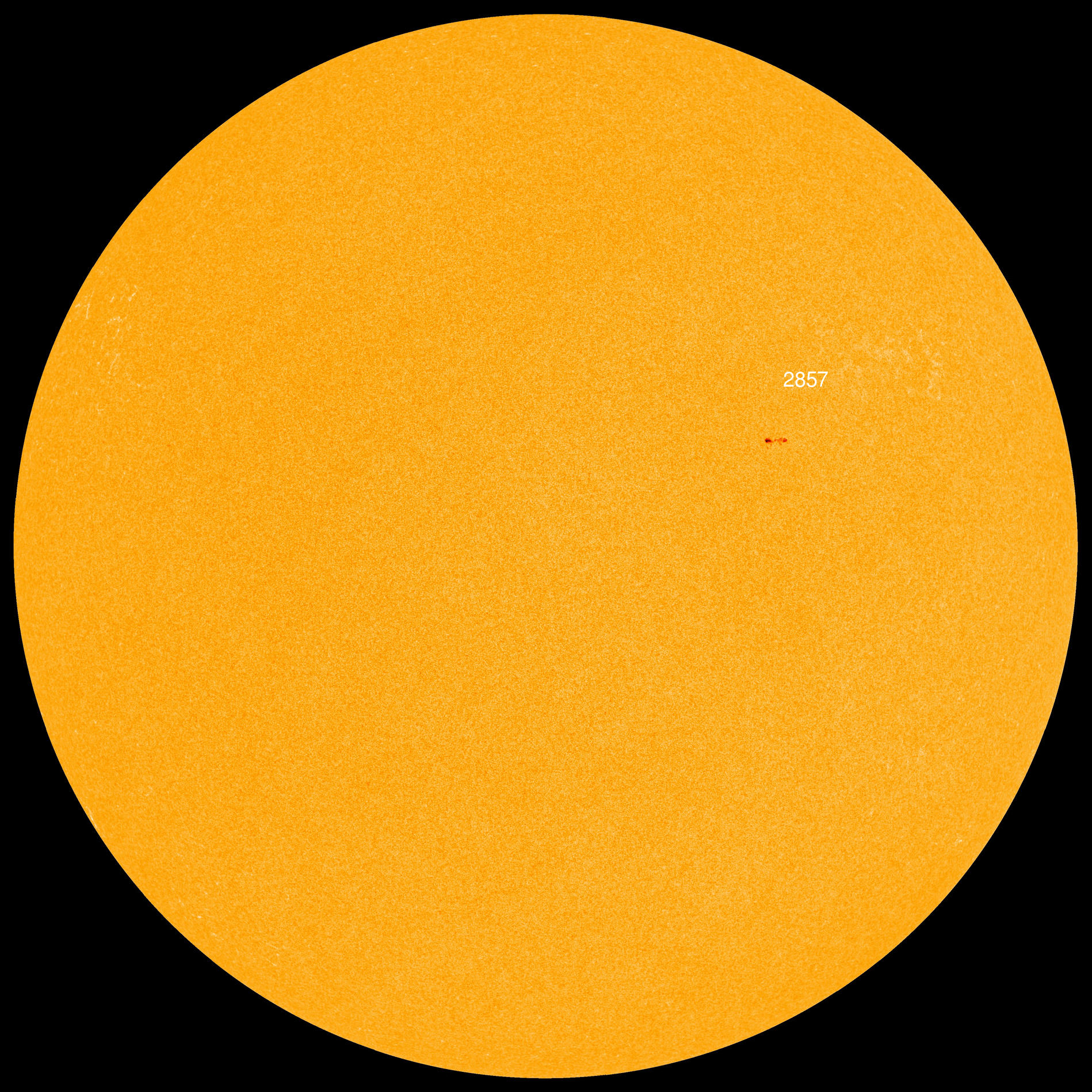
You can view the Sun in near real-time, in multiple frequencies here: SDO-The Sun Now.
You can create your own time-lapse movies of the Sun here: AIA/HMI Browse Data.
You can browse all the SDO images of the Sun from 2010 to the present here: Browse SDO archive.
Amateur Solar Astrophotography
Solar Corona
Solar wind speed is 460.0 km/sec ▲ with a density of 2.9 protons/cm3 ▼ at 1230 UT.
Click here to see a near real-time animation of the corona and solar wind from the Solar & Heliospheric Observatory (SOHO).
Sun News:

- Near-Earth Objects (NEOs) discovered this month: 126, this year: 1688 (+65), all time: 26,818 (+391)
- Potentially hazardous asteroids: 2200 (+4, updated 2021-08-10)
- Total Minor Planets discovered (NASA): 1,113,527 (+2,651)
- Total Minor Planets discovered (MPC): 1,086,655 (updated 2021-06-22)
Upcoming Earth-asteroid encounters:
| Asteroid | Date(UT) | Miss Distance | Velocity (km/s) | Diameter (m) |
| 2021 PJ4 | 2021-Aug-19 | 6.7 LD | 16.2 | 46 |
| 2021 PV | 2021-Aug-20 | 18.5 LD | 13.2 | 39 |
| 2016 AJ193 | 2021-Aug-21 | 8.9 LD | 26.2 | 655 |
| 2021 PG7 | 2021-Aug-21 | 19.9 LD | 10.1 | 30 |
| 2019 UD4 | 2021-Aug-22 | 14.2 LD | 5.5 | 86 |
| 2021 PW2 | 2021-Aug-23 | 16.5 LD | 6.3 | 25 |
| 2020 BC16 | 2021-Aug-24 | 15 LD | 6.7 | 34 |
| 2011 UC292 | 2021-Aug-24 | 9 LD | 8.5 | 98 |
| 2021 NS8 | 2021-Aug-25 | 18.4 LD | 4.2 | 36 |
| 2021 PB17 | 2021-Aug-28 | 11.7 LD | 6.5 | 30 |
| 2021 PT | 2021-Aug-29 | 12.9 LD | 7.3 | 147 |
| 2021 PM5 | 2021-Aug-29 | 10.3 LD | 11.7 | 29 |
| 2017 RK15 | 2021-Aug-29 | 13.3 LD | 11.6 | 26 |
| 2015 SW6 | 2021-Sep-05 | 15.9 LD | 9.9 | 45 |
| 2010 RJ53 | 2021-Sep-09 | 9.6 LD | 19.3 | 56 |
| 2020 KR2 | 2021-Sep-10 | 14.2 LD | 5.1 | 17 |
| 2017 SL16 | 2021-Sep-20 | 12.8 LD | 6.1 | 23 |
| 2021 NY1 | 2021-Sep-22 | 3.9 LD | 9.4 | 176 |
| 2019 SF6 | 2021-Sep-26 | 16.4 LD | 8.6 | 20 |
| 1998 SD9 | 2021-Oct-06 | 10.6 LD | 10.8 | 59 |
| 2015 TQ21 | 2021-Oct-07 | 10.7 LD | 20.7 | 12 |
| 2019 SE5 | 2021-Oct-11 | 16.3 LD | 6.6 | 16 |
Asteroid News:

On August 16, 2021, the NASA All Sky Fireball Network reported 17 fireballs! WOW!
(11 sporadics, 6 Perseids)
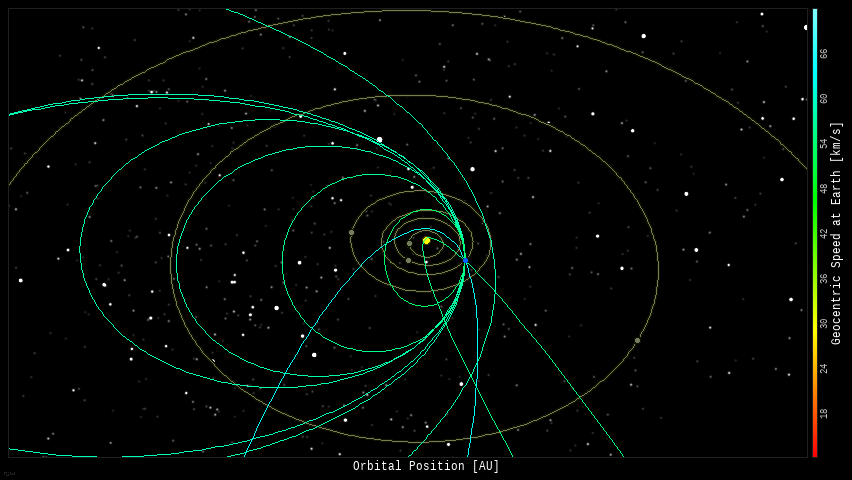
Fireball News:
If you see a bright meteor or a fireball, please REPORT IT to the American Meteor Society and the International Meteor Organization!

Position of the planets & several spacecraft in the inner solar system on August 17th:
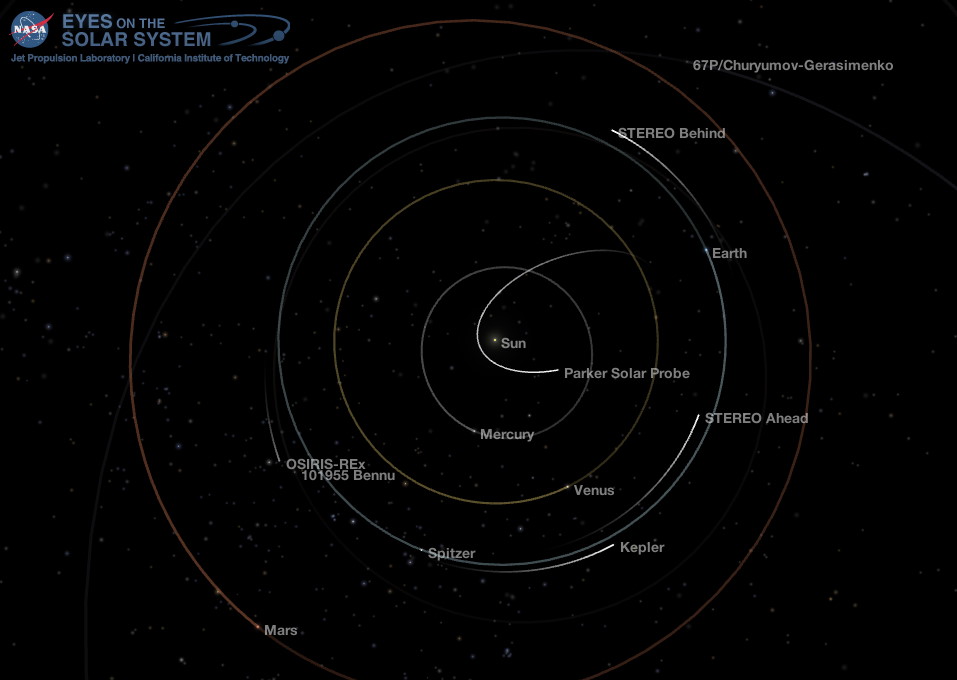
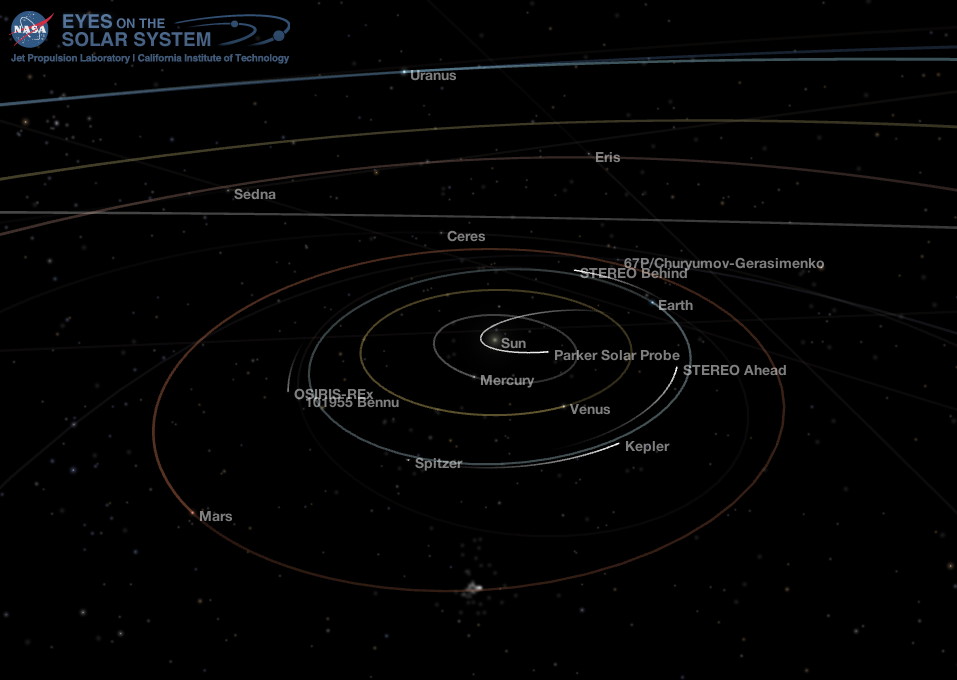
Position of the planets in the middle solar system:
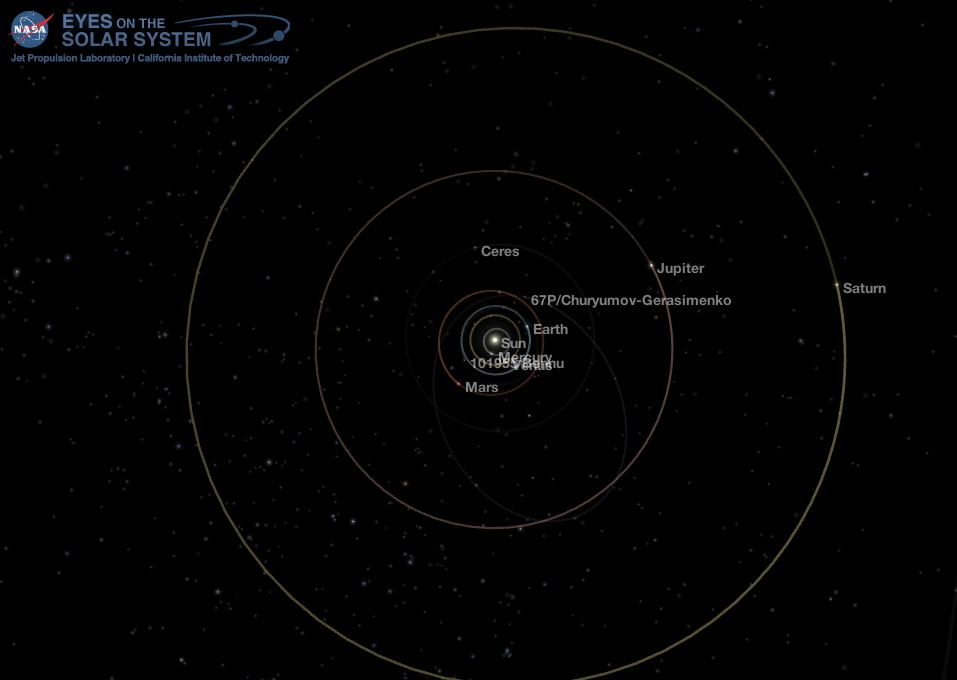
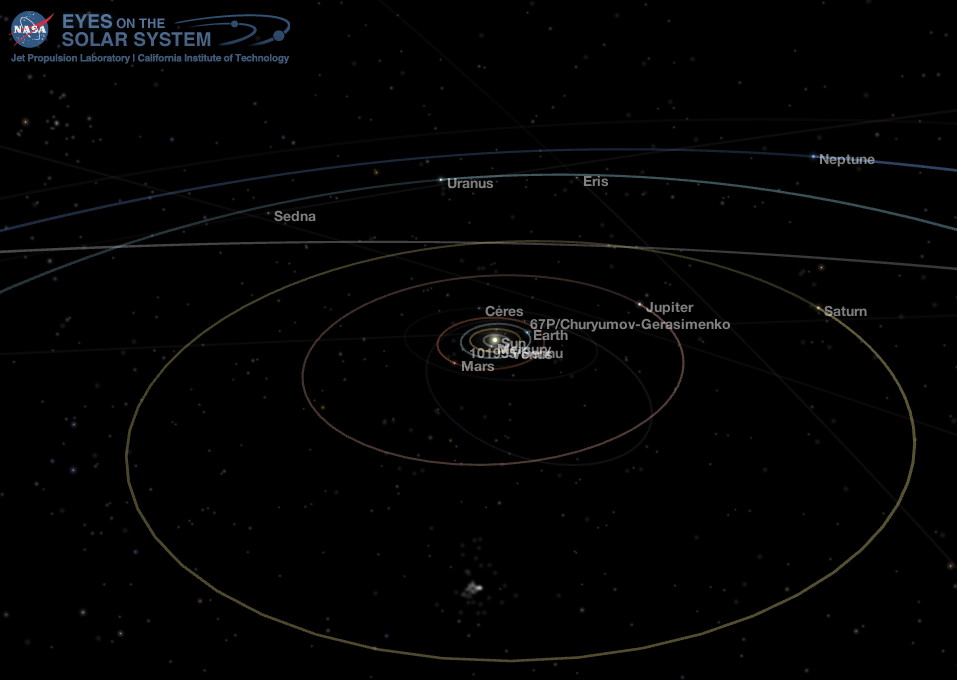
Position of the planets in the outer solar system– the orbit of TNO Arrokoth is highlighted:
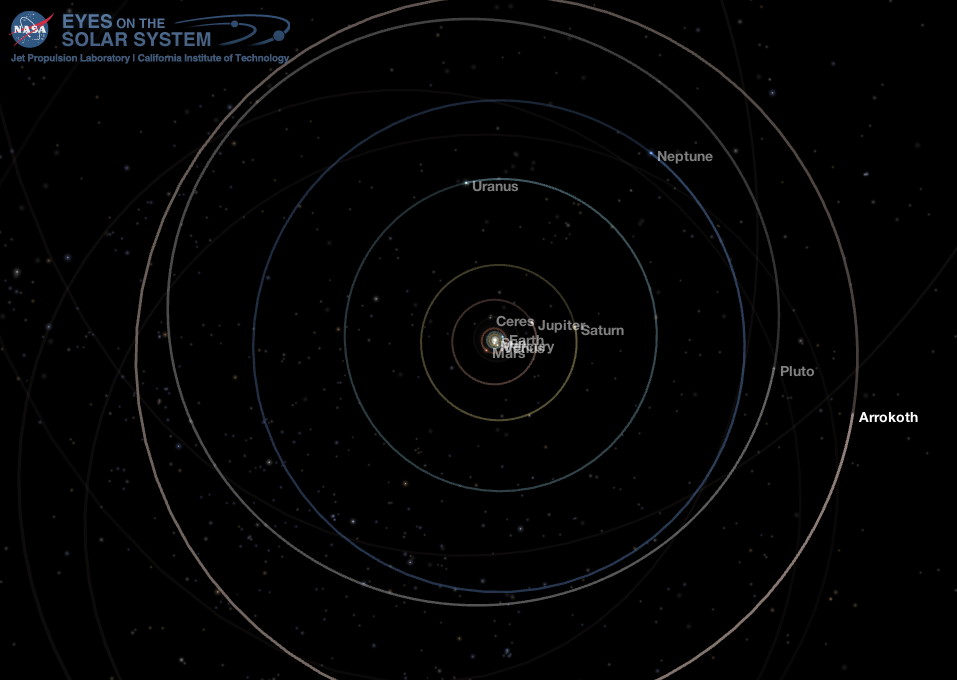
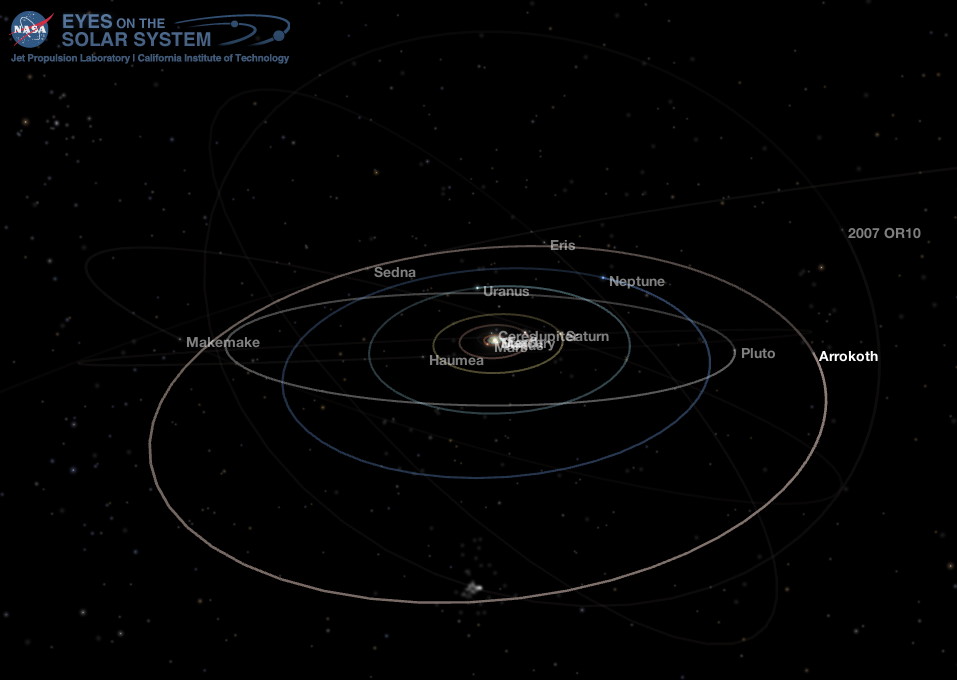
Solar System News: Juno Turns 10!

See a list of current NASA missions here: https://www.jpl.nasa.gov/missions?mission_status=current

ex·o·plan·et /ˈeksōˌplanət/, noun: a planet orbiting a star other than the Sun.
Data from the NASA Exoplanet Archive
* Confirmed Planets Discovered by TESS refers to the number planets that have been published in the refereed astronomical literature.
* TESS Project Candidates refers to the total number of transit-like events that appear to be astrophysical in origin, including false positives as identified by the TESS Project.
* TESS Project Candidates Yet To Be Confirmed refers to the number of TESS Project Candidates that have not yet been dispositioned as a Confirmed Planet or False Positive.
Exoplanet News:


SpaceWeather.com Realtime Aurora Gallery: https://spaceweathergallery.com/aurora_gallery.html

Glacier National Park Certified as an International Dark Sky Park
- Visit an International Dark Sky Park: https://www.darksky.org/our-work/conservation/idsp/parks/
- If you live in Michigan, visit the Michigan Dark Skies site: https://sites.lsa.umich.edu/darkskies/

Education and STEM
Universe News: IceCube Neutrino Observatory Captures 3.7 Billion year old Neutrino
Hubble – Weird and Beautiful Universe: Relativistic Jet
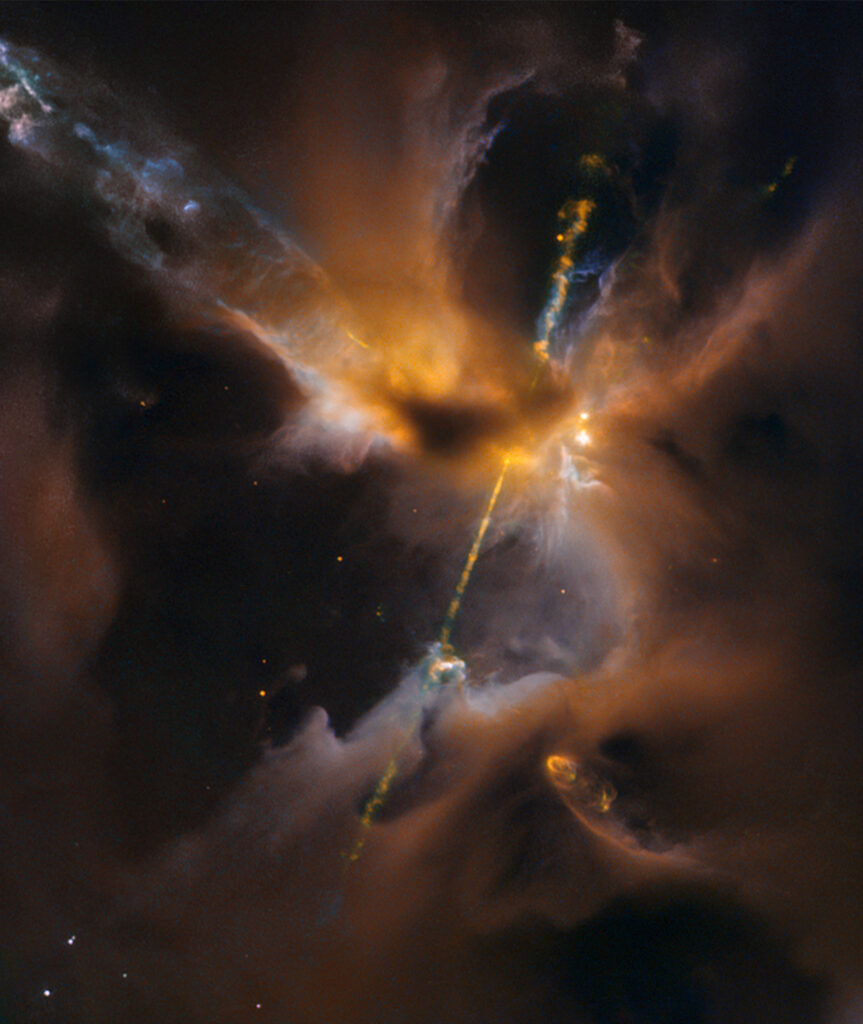
In the center of the image, partially obscured by a dark clouds of dust, is a newborn star that is shooting out twin jets into space. Located 1,350 light-years away, this star is inside a turbulent star-forming region known as the Orion B molecular cloud complex.
“When stars form within giant clouds of cool molecular hydrogen, some of the surrounding material collapses under gravity to form a rotating, flattened disk encircling the newborn star.
Though planets will later congeal in the disk, at this early stage the protostar is feeding [off of the disk]. Gas from the disk rains down onto the protostar and engorges it. Superheated material spills away and is shot outward from the star in opposite directions along an uncluttered escape route — the star’s rotation axis.
Shock fronts develop along the jets and heat the surrounding gas to thousands of degrees Fahrenheit. The jets collide with the surrounding gas and dust and clear vast spaces, like a stream of water plowing into a hill of sand. The shock fronts form tangled, knotted clumps of nebulosity and are collectively known as Herbig-Haro (HH) objects. The prominent HH object shown in this image is HH 24.
Just to the right of the cloaked star, a couple of bright points are young stars peeking through and showing off their own faint [jets] — including one that has bored a tunnel through the cloud towards the upper-right side of the picture.
Overall, just a handful of HH jets have been spotted in this region in visible light, and about the same number in the infrared. Hubble’s observations for this image were performed in infrared light, which enabled the telescope to peer through the gas and dust cocooning the newly forming stars and capture a clear view of the HH objects.
These young stellar jets are ideal targets for NASA’s upcoming James Webb Space Telescope, which will have even greater infrared wavelength vision to see deeper into the dust surrounding newly forming stars.” – NASA
Software Apps used for this post:
NASA Eyes on the Solar System: an immersive 3D solar system and space mission simulator – free for the PC /MAC. I maintain the unofficial NASA Eyes Facebook page.
SpaceEngine: a free 3D Universe Simulator for Windows. Steam version with VR support available.
Stellarium: a free open source planetarium app for PC/MAC/Linux. It’s a great tool for planning observing sessions. A web-based version of Stellarium is also available.
